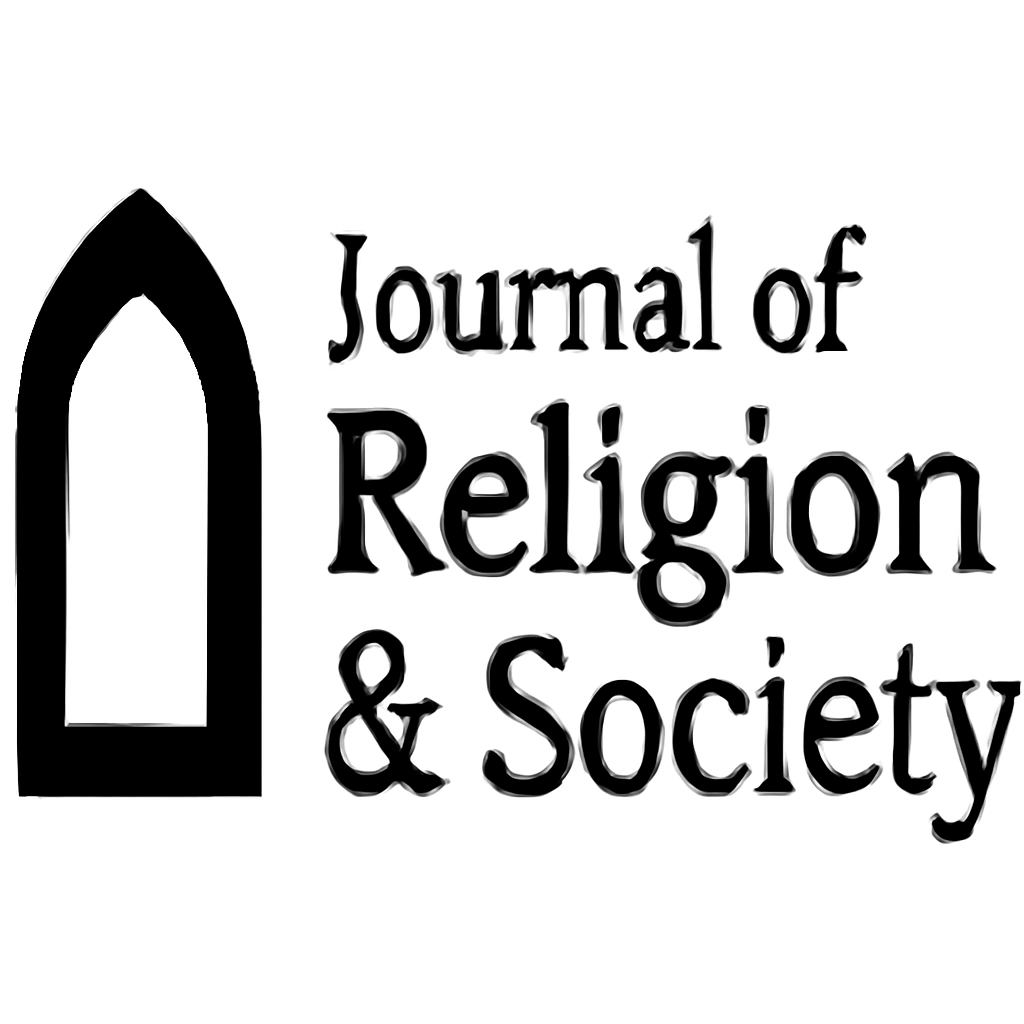AN ANALYTICAL STUDY OF THE COMPATIBILITY AND DIFFERENCES IN THE PRINCIPLES OF HADITH BETWEEN IMAM MALIK AND IMAM AHMAD IBN HANBAL
Abstract
This analytical study discusses the similarities and differences between the principles of Hadith (Usul al-Hadith) that were followed by two great Islamic jurists and scholars Imam Malik ibn Anas (93179 AH) and Imam Ahmad ibn Hanbal (164241 AH). Both the scholars were influential in the compilation of Hadith sciences and their methodology influenced the Islamic jurisprudence to a vast extent. Although they have similar foundational commitments on authenticity of Hadith, they have different methodologies; these differences are as a result of geographical, intellectual and contextual factors. Imam Malik in Madinah focused on practice of the people of Madinah (ʿAmal Ahl al-Madinah) as a central point of criteria of acceptance of Hadith, and in the majority of cases, he preferred local tradition and local practice of the community as compared to individual reports (Khabar al-Wahid). He accepted Mursal and Munqati narrations given by reliable Madinan scholars indicating that he trusted them to have a direct linkage to the era of Prophet. In Baghdad, Imam Ahmad, however, was more concerned with textual authority (Nass) of Hadith and was famed to accept weak Hadith on apparently any subject as long as it was not a forgery and there is no better Hadith contradicting it. The paper also points out that Imam Malik tried to reconcile between Hadith and juristic reasoning (Ijtihad) taking into account such factors as public interest (Maslahah), whereas Imam Ahmad tended to be rather textual, restricting Ijtihad in case there were clear texts. Both of the scholars were thorough in the study of Hadith, demanded high standards of narrator reliability and paid respect to the Sunnah. Nevertheless, their treatment of conflicting narrations, treatment of weak Hadith and special power of communal practice have wide differences. The research employs descriptive, comparative and analytical techniques in examining these differences by not only showing the jurisprudential implications, but also the epistemological philosophies supporting these implications. It brings to a conclusion that their differences enhanced Islamic legal thought and gave diversity in methods within the range of orthodoxy. In the contemporary context, it is essential to learn these principles in order to address the doubts raised against Hadith sciences and to reuse the ancient way of thinking in the context of new questions. The paper indicates more scholarly investigations must be undertaken on these classical systems and seeks to reinterpret them according to the contemporary issues. Both scholars present their special contributions, which highlight the richness of the Islamic legal and Hadith traditions and are a guiding influence to future generations of scholars.
Keywords: Usul al-Hadith, Imam Malik, Imam Ahmad ibn Hanbal, Hadith methodology, Amal Ahl al-Madinah, Weak Hadith, Comparative Islamic jurisprudence





